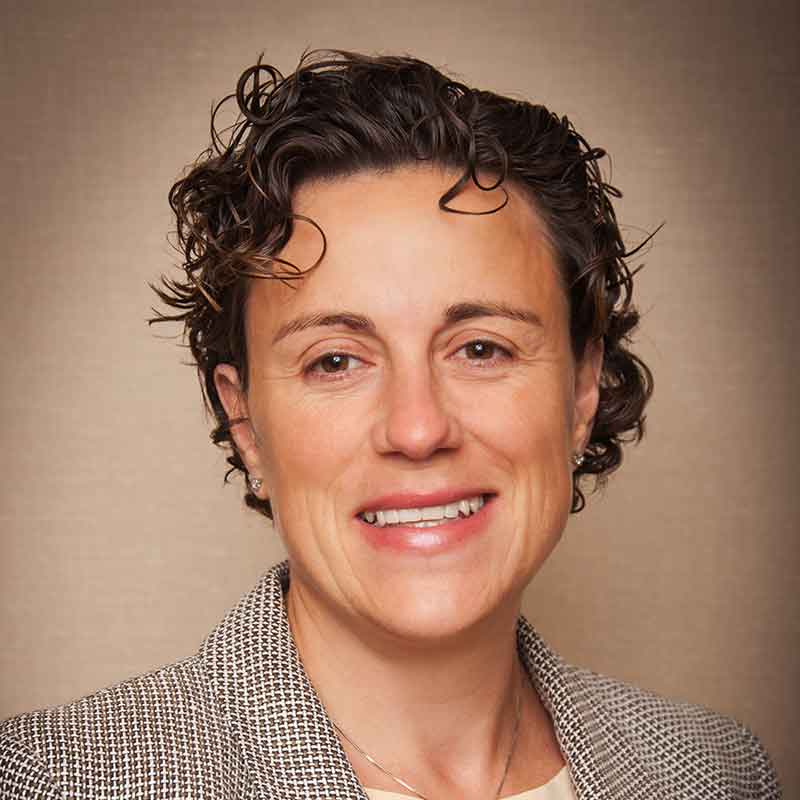Strategic planning needs to change from an annual PowerPoint-driven presentation to frequent and memorable conversations about the business based on facts, logic, and reasoned discussion. Motivating change is difficult; we recommend a series of well-orchestrated steps:
First, select a planning methodology. Use a customer-based framework for strategic planning. Of course we recommend you use The Big Picture Framework, although others exist, the Big Picture has a proven track record of success in large and complex B2B organizations. The framework should be question driven and should address all customer and organizational aspects required to provide an honest depiction of the state of the firm. Allow business unites a chance to self-express but also insist that consistent tools are used from plan to plan, so anyone in any business unit and at any level in the organization can pick up a plan and understand the strategic story it tells.
Second, train key stakeholders on how to use it. Involve sales and marketing, as well as key members of your R&D, Finance, HR and Operations teams. Be sure you have the support, buy-in, and commitment of senior management for your planning method. Commercial leadership can drive change, especially if they are first to learn and adopt the new methodology.
Third, adapt business processes to the new method. Internalize the new method and build a single vocabulary. We internalize the method by embedding its tools and languages in our everyday business processes. These include: customer and finance reviews, market research projects, product development and launch processes, pricing protocols, and interactions with external agencies. All of these routine processes in a business will either reflect or conflict with the strategic approach. If the plan is going to live outside the drawer and be executed you will need to purposefully design business practice around it.
Fourth, enable the conversation. Strategic planning should not be a window-dressing exercise. The best plans are those that create the most insightful discussion, rather than the ones with the nicest graphics. Each planning period, make a point of highlighting the elements of the process that worked well, including distributing model plans. Also, strategic planning should be a continuous process, rather than an annual
Fifth, track behaviors and outcomes. In the learning organization, strategy is a hypothesis development exercise and execution is a complementary exercise in hypothesis testing. Be sure to establish strategy-integrated metrics, that is, metrics that are born out of our strategic intent. For example, if your business unit has determined that it will be upgrading customers to a more valuable service platform, key metrics need to be established around retention and percent of customers upgraded.
Sixth, build organizational memory. Involve deep and broad teams in the strategy-building process. If our strategies are going to be implemented they need the buy-in from absolutely everyone in the organization. This includes headquarters as well as regional and local teams; it includes sales, marketing, product management, finance, operations and HR. If the strategic plan is built by a single function, its chances of seeing the light outside our file cabinets are low. Also, ensure you build and use organizational tools to store and easily access strategic planning information and related executional metrics.
Seventh, link planning to the commercial competency model. The strategic methodology should be built into the commercial team’s competency model and talent development plans. The role of the competency model is to direct our teams to engage in specific behaviors that are consistent with the customer experience and brand promises that execute our strategy. Defining the competency model is a key step in changing the culture from one that myopically rewards outcomes, to one that incentivizes behaviors around the culture we wish to create and the brand standards we want to uphold.
Finally, undertake a progressive review approach. Like most things that are well worth-it, strategic planning routines are hard to change. Elsewhere we are told that changing habits requires a cue, some sign that alerts to the need for change, as well as a reward once change happens. What specific cues exist around you to help catalyze change and what rewards can you put in place as you initiate change? Strategic plans are long-term initiatives, plan on changing and tweaking for a long time.


